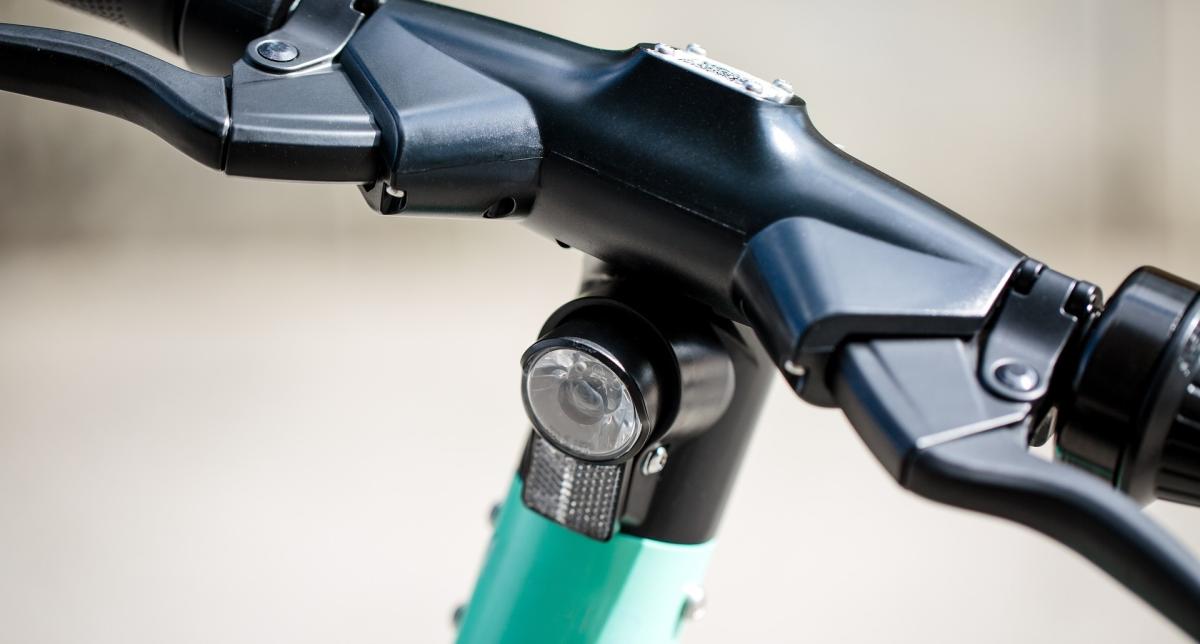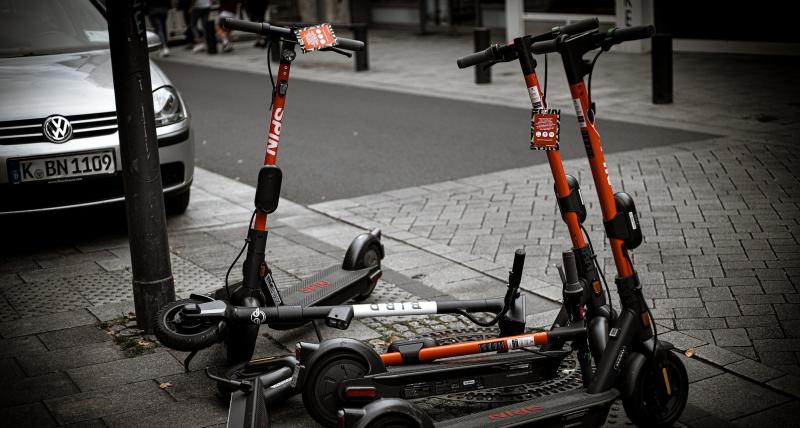Electric scooters are a convenient and eco-friendly way to get around, but their performance heavily depends on the health of the battery. Extending the battery life of your electric scooter can help you save money, improve your scooter’s range, and ensure long-term reliability. In this guide, we’ll provide actionable tips on how to extend the battery life of your electric scooter and keep it performing at its best.
Why Battery Care is Important for Your Electric Scooter
The battery is one of the most expensive components of your electric scooter, and improper maintenance can lead to reduced performance and a shorter lifespan. Properly caring for your scooter’s battery not only extends its life but also improves the overall efficiency of your rides, allowing you to travel further on a single charge. By following the tips in this article, you can make the most of your battery and delay costly replacements.
Top Tips to Extend the Battery Life of Your Electric Scooter
1. Charge Before the Battery is Fully Depleted
One of the most effective ways to extend the battery life of your electric scooter is to avoid letting it fully discharge. Lithium-ion batteries, which are commonly used in electric scooters, perform best when they’re kept between 20% and 80% charge. Running the battery down to 0% on a regular basis can stress the battery cells, leading to a shorter lifespan.
Pro tip: Try to recharge your scooter when the battery drops to around 20-30% to avoid deep discharges and maintain optimal battery health.
2. Avoid Overcharging
While most modern electric scooter chargers automatically stop charging once the battery reaches 100%, it’s still best to unplug the charger when your battery is fully charged. Overcharging your battery—leaving it plugged in long after it’s reached 100%—can cause unnecessary strain on the cells and reduce the battery’s overall lifespan.
Best practice: Set a timer or reminder to unplug the charger once the battery reaches full capacity to avoid overcharging.
3. Charge in a Cool, Dry Environment
The environment in which you charge your electric scooter can impact the health of the battery. Charging in extreme temperatures, whether too hot or too cold, can degrade the battery over time. The ideal temperature for charging your electric scooter battery is between 10°C and 30°C (50°F to 86°F).
Pro tip: Avoid charging your scooter outdoors in direct sunlight or freezing temperatures. Always charge in a cool, dry location to protect the battery cells.
4. Avoid Frequent Full Discharges
While it’s occasionally okay to let your battery discharge fully, making a habit of it can lead to a shorter battery lifespan. Lithium-ion batteries thrive when kept within a partial charge range. Frequent full discharges can stress the battery and result in reduced capacity over time.
Pro tip: Keep your battery charged between 20% and 80% whenever possible to maximize its longevity.
5. Let the Battery Cool Before Charging
After a long ride, your battery may be warm from use. Charging a hot battery can cause internal damage to the cells, reducing the battery’s efficiency over time. Always allow your battery to cool down for about 30 minutes before plugging it in to charge.
Best practice: After returning from a ride, let your scooter sit and cool before starting the charging process.
6. Use the Correct Charger
It’s essential to use the charger that comes with your electric scooter or a manufacturer-approved replacement. Different scooters have different voltage and current requirements, and using an incompatible charger can damage the battery or even cause safety hazards. Avoid using third-party chargers unless they are specifically approved by your scooter’s manufacturer.
Pro tip: If you frequently ride in different locations, consider purchasing an additional charger from the manufacturer for convenience. This ensures you always have a compatible charger on hand.
7. Keep Tires Inflated to the Recommended Pressure
Properly inflated tires not only improve ride comfort but also reduce the strain on your electric scooter’s motor and battery. Under-inflated tires create extra resistance, which forces the motor to work harder, draining the battery faster. Regularly check your tire pressure and ensure it is within the recommended range for your scooter model.
Pro tip: Invest in a portable tire pump to check and adjust your tire pressure regularly. This simple step can help you get more range out of every charge.
8. Ride Smoothly and Efficiently
Your riding habits have a direct impact on your battery’s lifespan. Accelerating quickly, braking hard, and riding at top speed for extended periods can all drain the battery faster and put additional strain on its cells. To extend your battery life, ride smoothly and avoid unnecessary bursts of acceleration or hard stops.
- Use lower assist modes: When possible, ride at lower assist levels to reduce the demand on the battery and extend your range.
- Maintain a consistent speed: Try to ride at a steady pace, avoiding frequent stops and starts, which can cause the motor to work harder and drain the battery faster.
9. Store the Battery at a Partial Charge
If you won’t be using your scooter for an extended period, it’s important to store the battery correctly. Lithium-ion batteries should be stored at around 50% charge to avoid over-discharge or overcharge, both of which can degrade the battery cells.
Storage tip: If possible, remove the battery from the scooter and store it separately in a cool, dry place. Check the battery every few months and recharge it to 50% if necessary.
10. Inspect for Damage Regularly
Regular inspections can help you catch small issues before they become big problems. Check your battery and charger regularly for signs of wear, such as cracks, dents, or frayed wires. If you notice any damage, stop using the battery and contact the manufacturer for repair or replacement advice.
Best practice: Keep your battery and charger clean and dry, and avoid exposing them to excessive moisture or dust.
Real-Life Example: Extending Battery Life with Smart Charging Habits
Tom, an electric scooter commuter from San Francisco, has been using his e-scooter for over two years. By following smart charging habits—like avoiding full discharges, allowing the battery to cool before charging, and storing the battery at partial charge during the off-season—Tom has been able to extend the life of his battery and maintain consistent range. Thanks to these simple care practices, he hasn’t needed to replace his battery despite thousands of miles of riding.
Conclusion: Preserve Your Electric Scooter’s Battery with Proper Care
Extending the life of your electric scooter battery is all about developing good charging habits and taking care of your scooter’s essential components. By avoiding full discharges, charging at the right time, storing the battery properly, and riding efficiently, you can maximize the lifespan of your battery and enjoy longer, worry-free rides.
With these simple yet effective tips, you’ll be able to preserve your electric scooter’s battery for years to come, saving money on replacements and keeping your scooter performing at its best.



